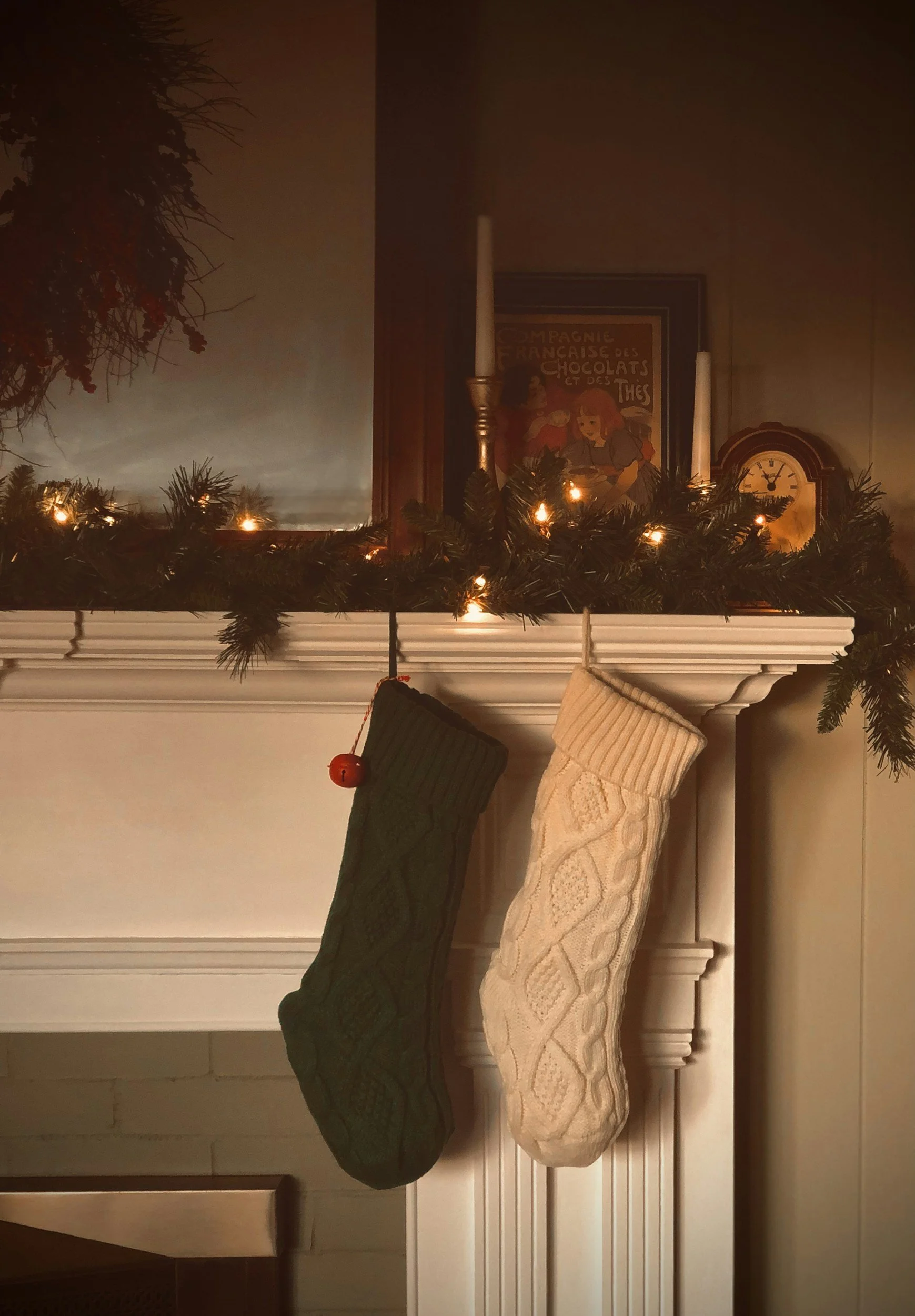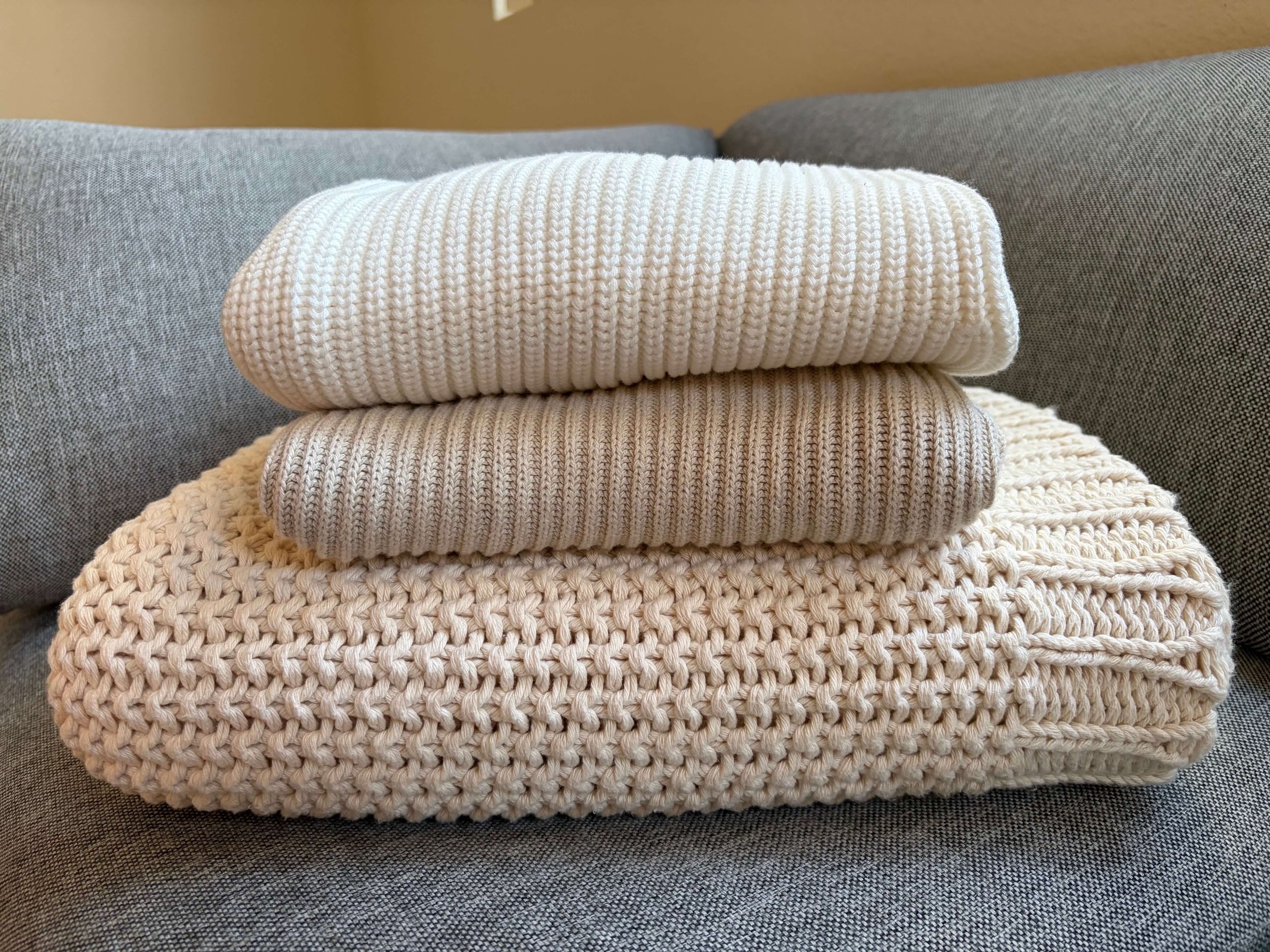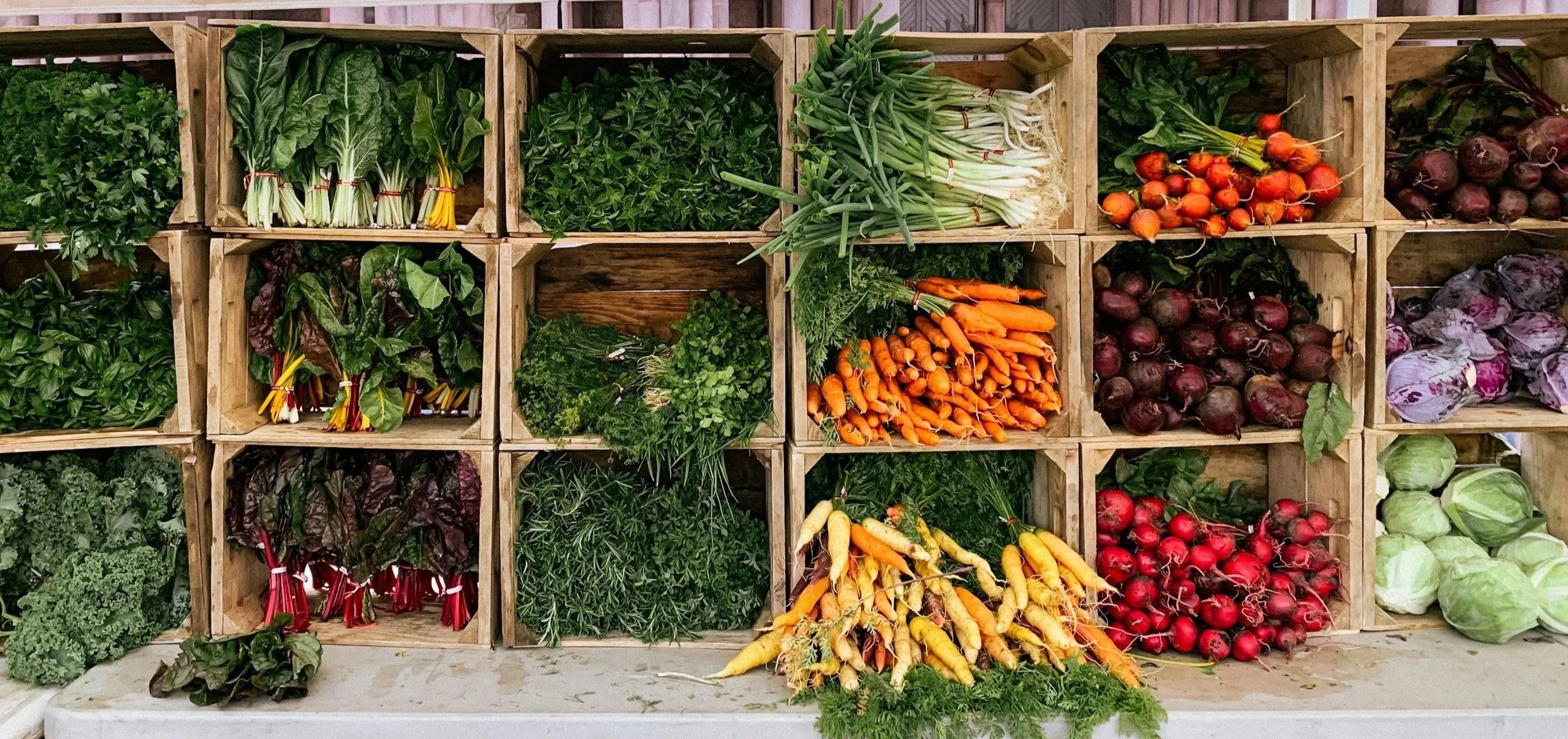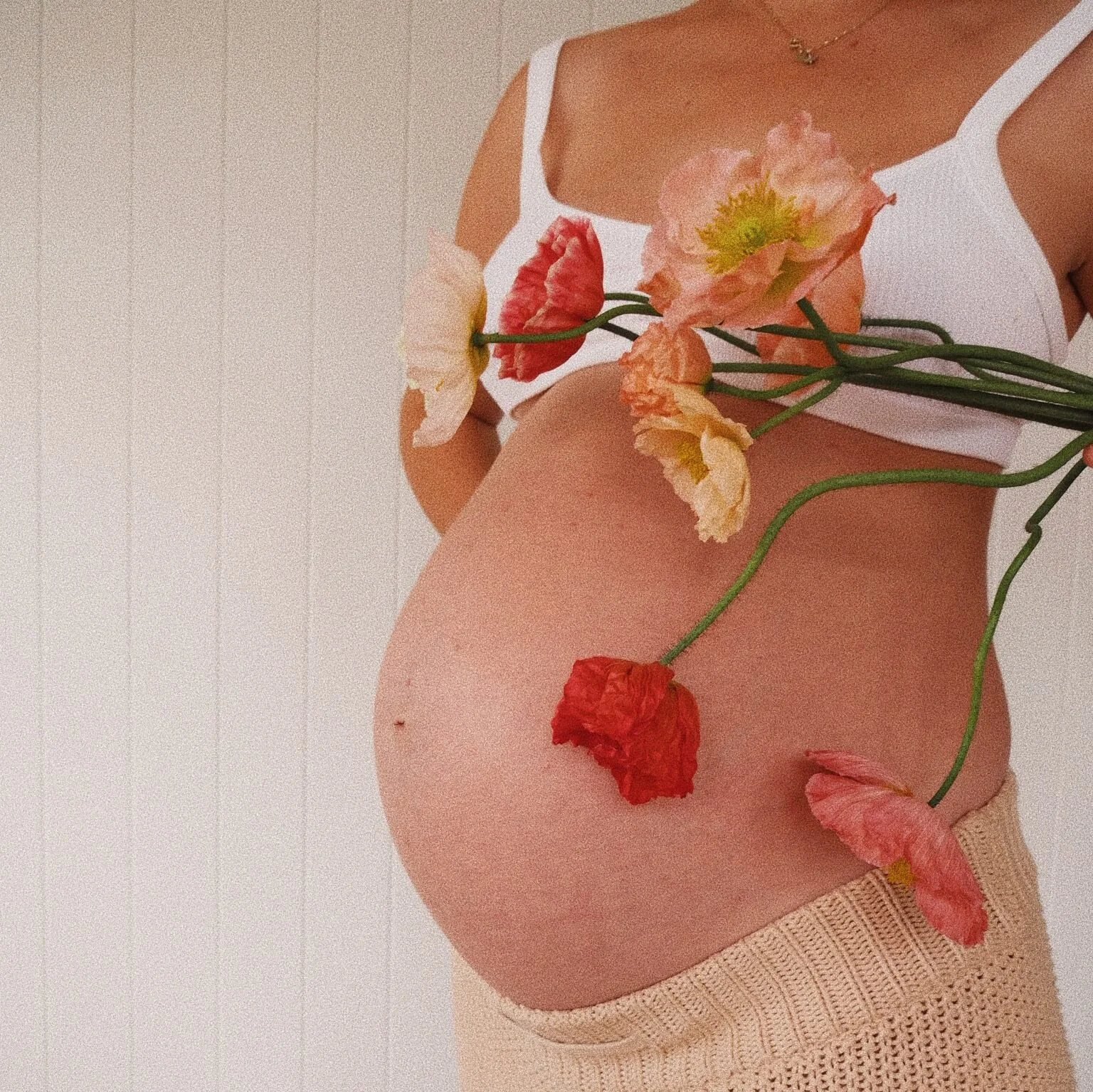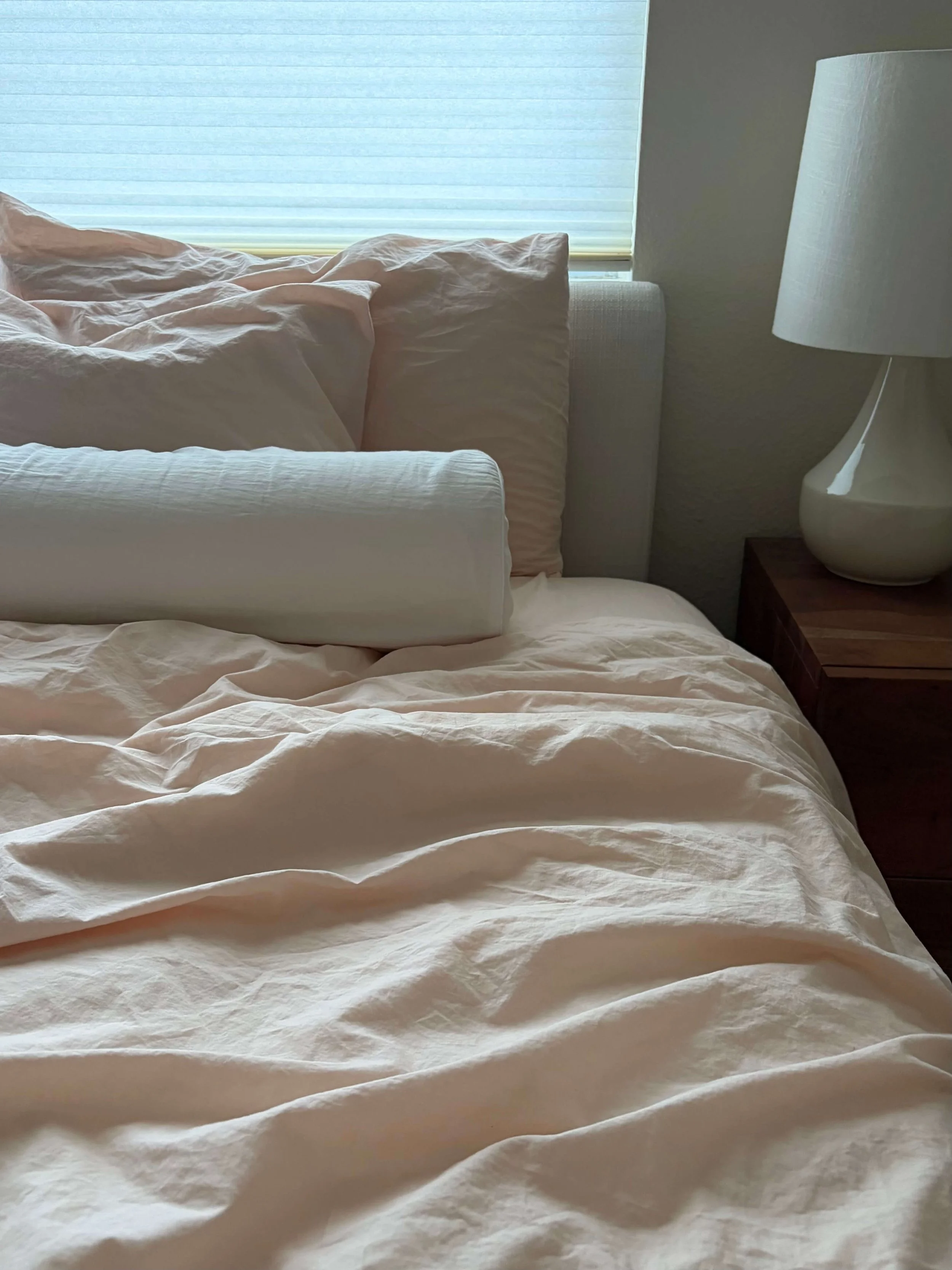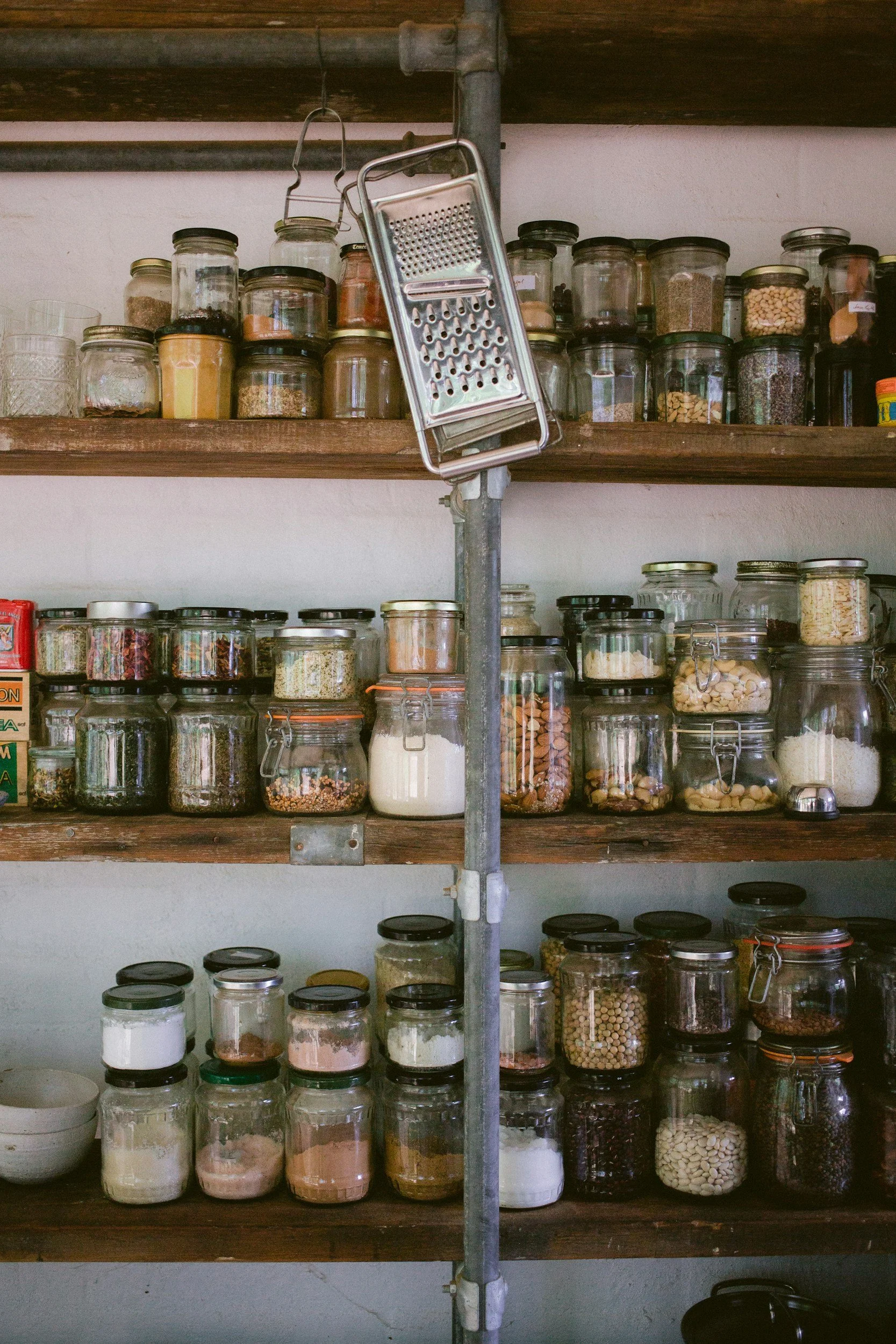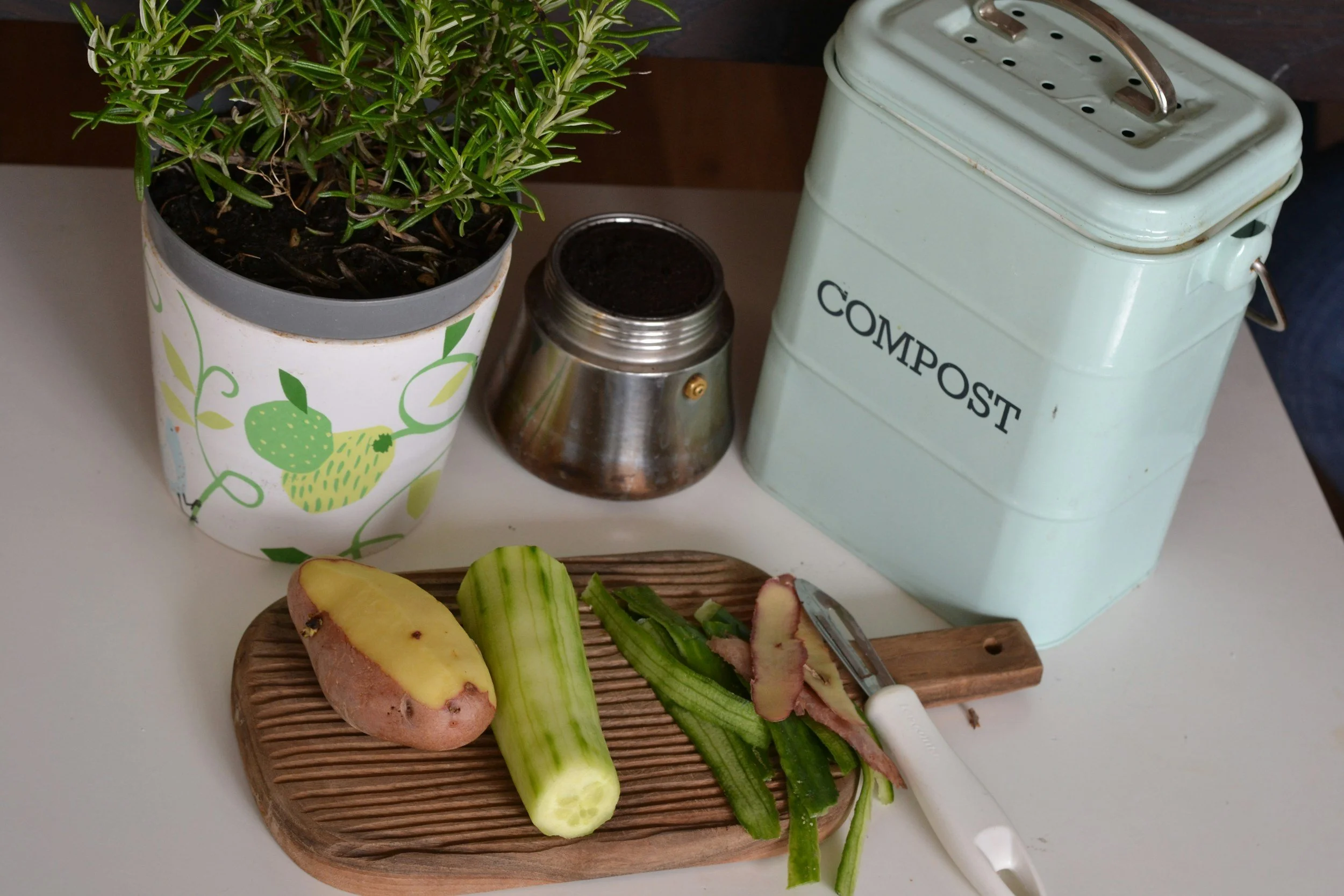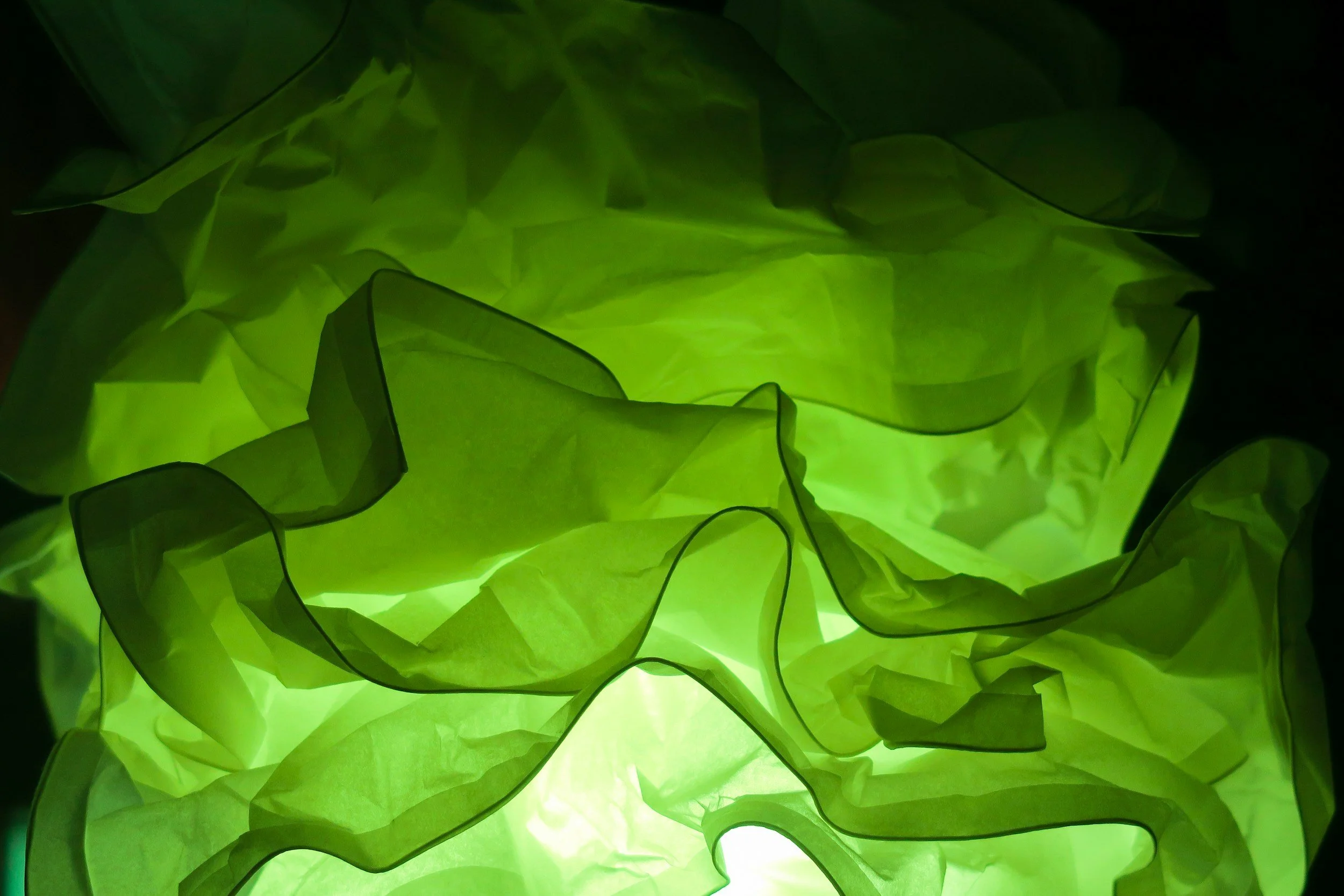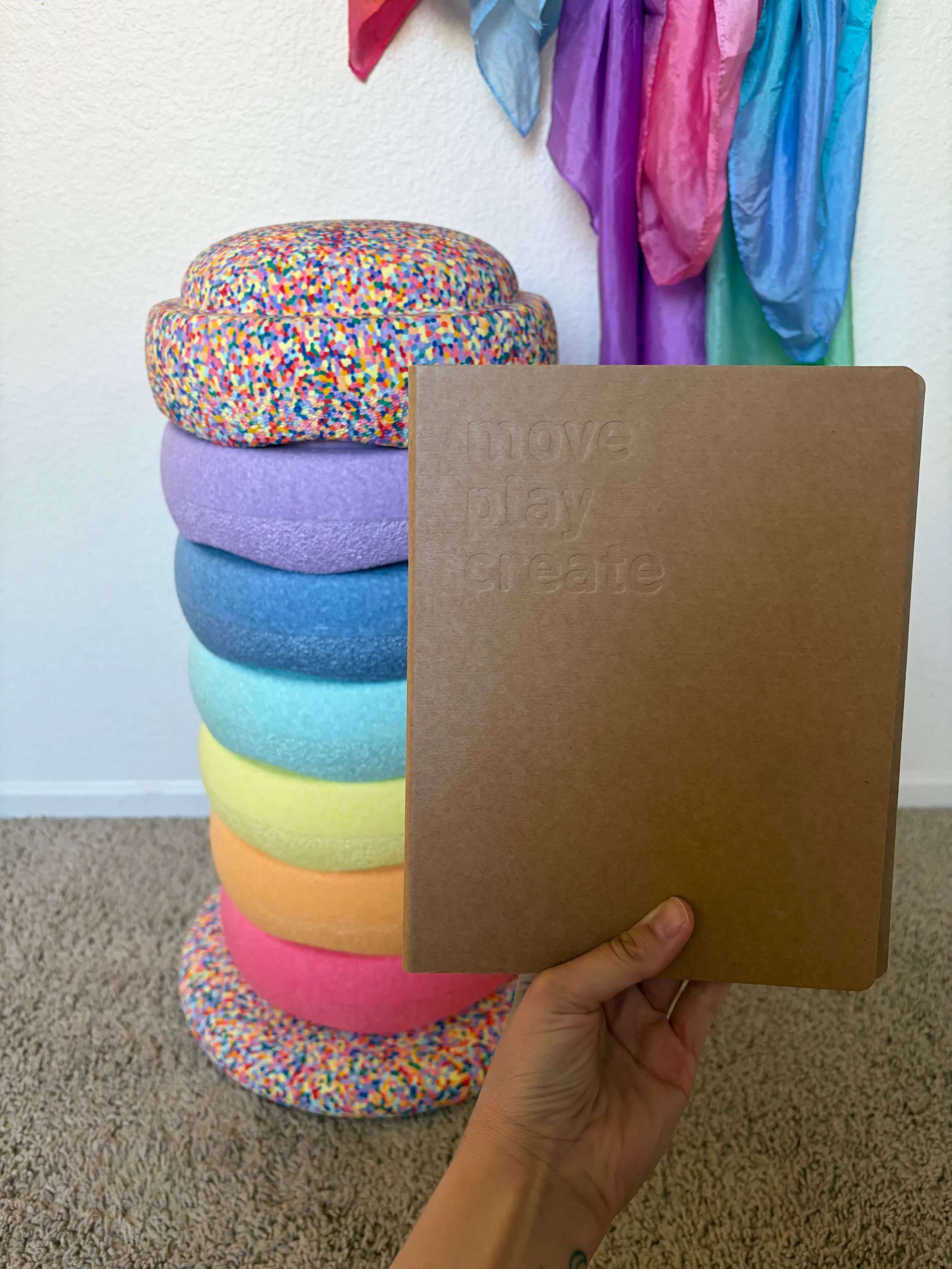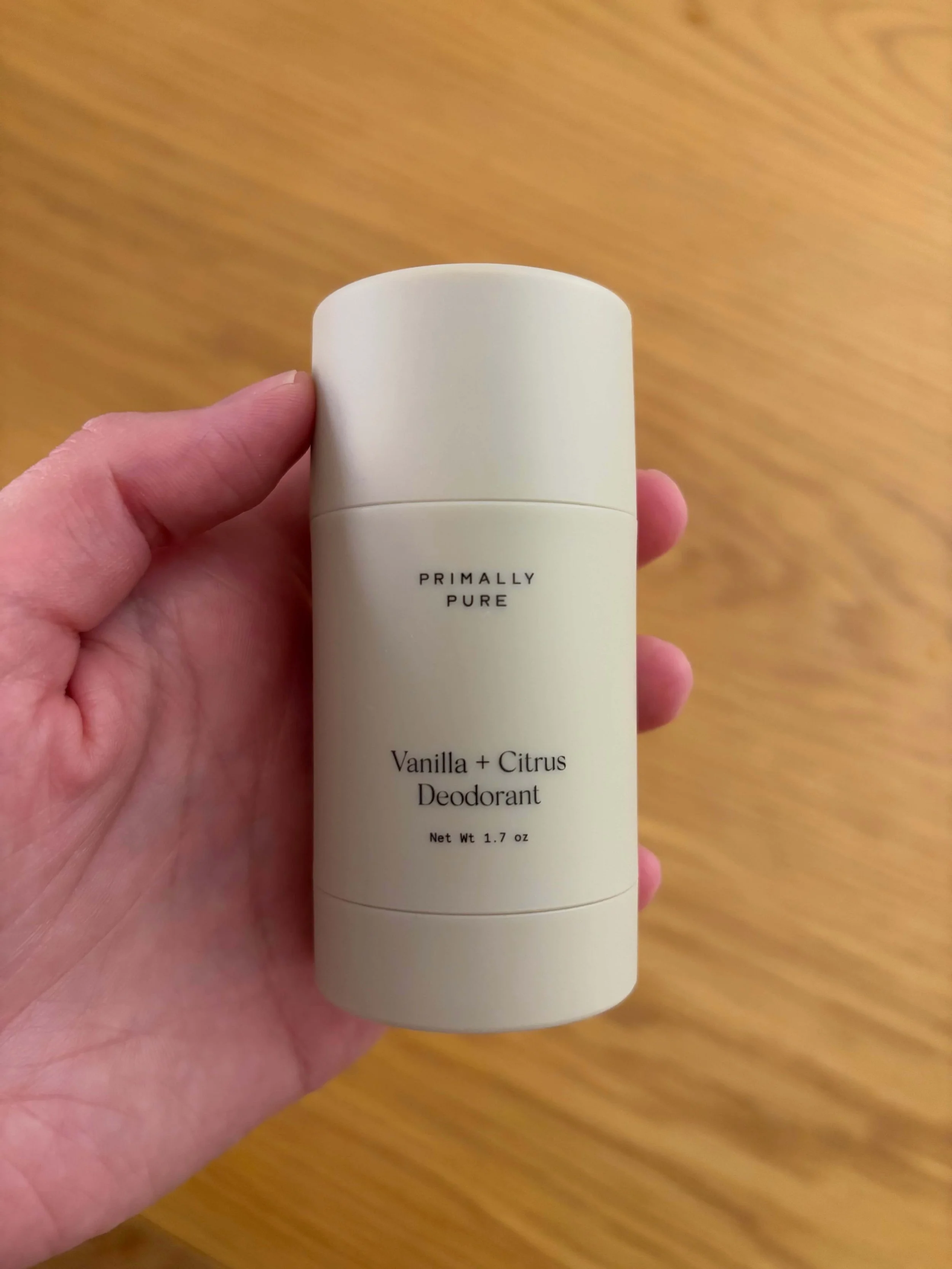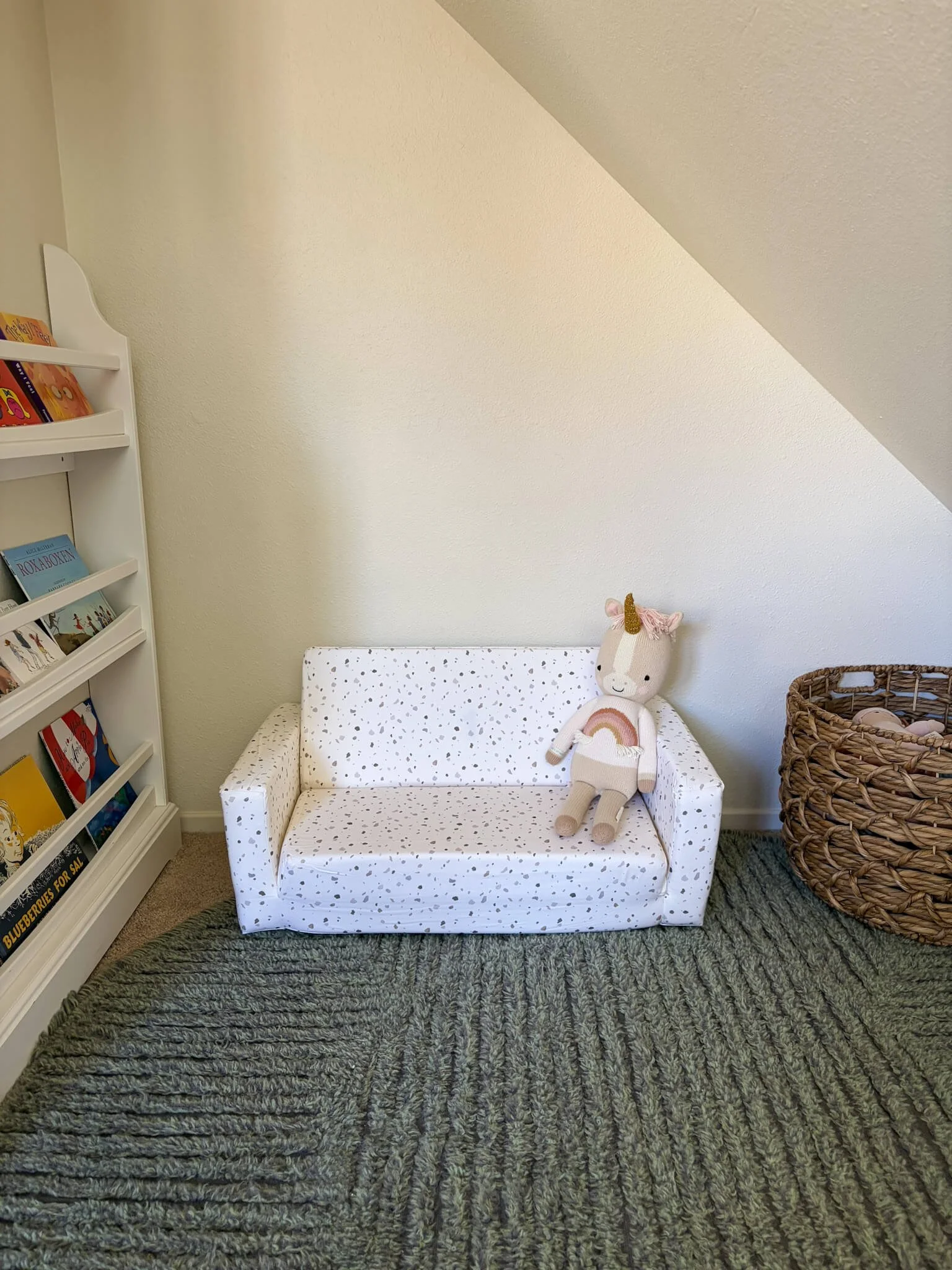Greenwashing 101: How to Spot It and Avoid Being Misled

You know that feeling when a product looks “eco-friendly,” but something feels off? Maybe it’s wrapped in layers of plastic or the ingredient list doesn’t quite match the “nature-filled” packaging. That’s greenwashing — when a company markets itself as sustainable or non-toxic without actually backing it up.
And unfortunately, it’s everywhere.
The good news? Once you learn how to spot greenwashing, you’ll start seeing it from a mile away — and can choose brands that genuinely align with your values.
What Is Greenwashing?
Greenwashing happens when a company spends more effort marketing sustainability than actually practicing it. It’s the illusion of being eco-conscious without the accountability.
Think of it as putting a “green” label on a product that’s still full of synthetic chemicals or produced under wasteful conditions. It’s designed to make consumers (especially caring ones like you) feel good about buying — even when the product doesn’t live up to the claims.
See how “non-toxic” goes beyond marketing in What ‘Non-Toxic’ Really Means for Families.
What Greenwashing Looks Like in Real Life
You’ll find it in almost every category — from bedding to beauty to cleaning supplies. Here are some common examples:
A skincare line uses lots of leafy green imagery but hides synthetic fragrance in the ingredients list.
A mattress brand claims to be “eco-friendly” yet uses polyurethane foam and flame retardants.
A “sustainable” cleaning product boasts being “biodegradable” but comes in a single-use plastic bottle.
These small contradictions add up — and they’re usually a sign the company’s marketing team is greener than the product itself.
Common Greenwashing Phrases and What They Hide
Watch out for these buzzwords — they sound wholesome but don’t always mean much:
“Natural” – can mean anything, even if the product is 99% synthetic.
“Eco” or “Green” – not regulated in any way.
“Non-toxic” – often used loosely; look for third-party testing.
“Chemical-free” – impossible. Even water is a chemical!
“Plant-based” – sometimes true, sometimes just a drop of plant oil in an otherwise conventional formula.
When you see these words, flip the bottle or scroll down to read the full ingredient list. Transparency is everything. You can always try looking up the product on the EWG skin deep database to take some of the guesswork out of it — I use this database as a resource often!
5 Questions to Ask Before You Buy
Is there a third-party certification? (Look for GOTS, MADE SAFE, Greenguard Gold, etc.)
Are all ingredients listed — or just the “hero” ones?
Does the brand explain how their materials are sourced and processed?
Is the packaging truly sustainable? (Refillable, recyclable, or compostable?)
Does the brand share progress reports or sustainability goals publicly?
If you can’t find answers to most of these questions, there’s a good chance you’re dealing with greenwashing.
How to Support Truly Transparent Brands
Real eco-conscious brands don’t just tell you they’re sustainable — they show you. Look for:
Full ingredient transparency (nothing hidden under “fragrance” or “blend”).
Honest sourcing information with traceable supply chains.
Clearly displayed third-party certifications.
Minimal, recyclable, or refillable packaging.
Measurable sustainability goals published on their website.
Brands like Primally Pure and Nest Bedding are great examples of companies doing this right — focusing on real materials, ethical sourcing, and transparency over trendiness. I use products from both these companies in my own home.
Learn how sustainability and safety overlap in Sustainable vs. Non-Toxic.
Final Thoughts
Greenwashing thrives on confusion — but you don’t have to fall for it. The more you learn about what real sustainability looks like, the easier it is to shop with confidence and intention.
Every time you choose a brand that’s transparent and accountable, you’re voting for a cleaner industry — one that values truth over trends.
Quick Tips
Flip the label. Read the ingredients and look for certifications.
Trust actions, not buzzwords. Real brands show proof.
Ask questions. Ethical companies will always have answers.
Remember: if it feels too good to be true, it probably is.
📖 Part 4 of the 7 Days to a Non-Toxic Home Series
Day 1: How to Read a Non-Toxic Label
Day 2: Certifications That Actually Matter
Day 3: The Truth About Organic Products
Day 4: Greenwashing 101: How to Spot It
Day 5: What “Not Toxic” Really Means for Families
Day 6: Sustainable vs. Non-Toxic: Why Both Matter
Day 7: How to Transition to a Non-Toxic Home Without Overwhelm
Latest on the blog
Learn simple, realistic ways to reduce holiday waste and celebrate sustainably with your family.
Make this holiday season simpler, greener, and more meaningful with easy, non-toxic, sustainable swaps your family will actually use.
Discover why heirloom toys are worth the investment — from safer, non-toxic materials to thoughtful design and play that lasts for generations.
Looking for non-toxic and sustainable toys for kids? Explore our top holiday gift picks that spark creativity, learning, and imaginative play.
Discover the best non-toxic baking tools for family holiday fun. From glass mixing bowls to stainless steel pans, these safe, durable essentials make holiday baking with kids joyful, hands-on, and worry-free.
Create a slower, more intentional holiday season with mindful tips, stress-easing rituals, and gentle practices that help your family feel grounded and connected.
Discover the best sustainable, eco-friendly, and non-toxic stocking stuffers for kids — meaningful, useful, and thoughtfully chosen gifts for a calmer, more mindful holiday season.
Discover Quince’s eco-friendly winter essentials, from organic cotton sweaters and cardigans to a Responsible Down puffer and cozy cotton throw. Stylish, sustainable, and affordable — see how to stay warm responsibly this season.
Discover how slowing down, simplifying, and living intentionally can transform motherhood — and bring more peace to your days.
Help your kids grow up curious, capable, and kind to the planet. This gentle guide shares simple ways to teach sustainability and healthy habits through everyday moments.
Self-care doesn’t have to be complicated. Here’s how to create nourishing, non-toxic rituals that align with your values and fit real mom life.
Start your day with calm intention. These mindful morning ideas help moms create peaceful, non-toxic routines that support the whole family.
Discover simple ways to reduce toxins, calm your space, and create a home that feels peaceful and nurturing for your whole family.
Feeling stretched thin? Learn how to simplify your routines, let go of what’s not serving you, and create space for what matters most.
Forget perfection — mindful motherhood is about balance, not overwhelm. Here’s how to embrace clean living as a mom without the guilt or pressure.
Discover a 7-day guide to mindful motherhood. Learn practical ways to simplify routines, create a calm, non-toxic home, nurture yourself, and teach kids healthy habits — all without guilt or overwhelm.
Create a healthier, non-toxic home in seven simple steps. Learn to read labels, spot greenwashing, and make confident, low-stress choices for your family — one day at a time.
Sleep better with organic, non-toxic bedding. Discover safe materials, trusted certifications, and cozy, sustainable swaps for your healthiest night’s rest.
Discover why Nest Bedding’s organic sheets and washable wool comforter are the eco-friendly upgrade your sleep has been missing.
Ready to detox your home? Follow this simple step-by-step guide to create a non-toxic home — with easy swaps for bedding, skincare, cleaning, and more.
Sustainability and non-toxicity aren’t the same — but together, they’re powerful. Learn how to choose products that are safe for your family and the planet.
Understand what “non-toxic” really means for your home and family. Learn to identify hidden toxins, improve indoor air quality, and make safe, simple swaps.
Don’t be fooled by greenwashing. Learn the red flags of fake sustainability, what real transparency looks like, and how to choose brands that mean what they say.
“Organic” doesn’t always mean safe. Find out what organic really means for food, skincare, and textiles — and how to tell when a product is genuinely clean.
Not all eco labels are created equal. Learn which non-toxic and sustainable certifications truly matter — from GOTS to MADE SAFE — and which to skip.
Learn how to read non-toxic labels with confidence. Discover what ingredient lists, certifications, and marketing claims really mean so you can shop safer.
Discover why Stapelstein is one of the best non-toxic toys for young children. Made from safe, eco-friendly materials, this open-ended toy inspires creativity, active play, and endless imagination.
Struggling with postpartum body odor? Learn why Primally Pure is the best deodorant for new moms—safe, clean, and effective.
Discover the 20 best Montessori books for parents in 2025—honest reviews, practical tips, and guides on the Montessori method for home and school.
Choosing non-toxic, eco-friendly seating for your kids doesn’t have to be complicated. Find out why the Toki Kids play couch and bean bag are our #1 choice!






